What Are Flat Roofs?
Important Point
Too many types of sloped roofs, a flat roof is almost level in contrast. Throughout the world, on commercial buildings, flat roofs or low-slope roofs are commonly used.
A sloping roof has a slope of 3 in 12 or 1: 4 according to the National Roofing Contractors Association.
This type of roof exists all over the world and mostly where is Warner climate, rainfall is less and freezing is unlikely.
In architecture view, flat roofs are characteristic of Persian, Egyptian, and Arabian styles.
Types of Flat Roofs
Nowadays Flat Roofs Becomes very Popular for Their Economical Roofing Option for Industrial and Homebuilding.
This type of Flat Roof Provides Adequate Space for Install Rooftop Air Conditioning Units, Space for Install Solar Panels, and Also Verdant Rooftop Gardens.
There are have many types of flat roofs that are below-
1. Built-Up Roof
With hot tar and gravel built-up roofs are comprised of three or more layers of waterproof ply sheets.
This roofing layer is built up with smooth river stone or gravel to increase the stability and durability of the roof.
By built-up roof system, makes the building heavy for this extra stress is built upon the structure, which can harm your building.
2. Rubber Membrane
Nowadays rubber membranes have become a popular flat roofing material and also called “ethylene propylene diene terpolymer” or EPDM.
In the rubber membranes, leaks can be easily repaired and the cost of the repair material is very low.
From the older flat roof systems like modified and BUR, rubber membranes are more durable and relatively lightweight.
With the natural dark color of rubber membranes, making it more heat observer so making it light color will be costly.
3. PVC Membrane
PVC roofing membranes are constructed with PVC thermoplastic that is laminated with UV resistant material and it’s also from a continuous filament lattice known as a scrim.
The PVC roofing technic is a very modern and effective technic for today’s roofing construction. When the fire source is removed, when a flame is not sustaining by PVC membranes.
4. Modified Bitumen
For DIY installations making it feasible, a single layer of adhesive roofing material is used for Modified Bitumen Roofs.
The modified bitumen is light in color that’s helps reduce facility coast HVAC coast and also helps reflect some infrared energy that’s come from the sun.
Can be a fire hazard of the torch-down system that using modified bitumen for flats roofs.
And another con is it is less durable and less resistant than the other construction materials.
It is an easily available material so that uses ps to maintain the cost of the building.
Useful Article for You
- What Is a Contour Interval
- What Is Tile
- What Is the Difference Between a Shower Pan and a Shower Base?
- What Is a Window Panel
- Type of Arch
- Different Types of Beam
- What Is a Frame Structure
- What Is the Measurement for a Queen Size Bed
- What Is Considered Livable Space
- What Is One Way You Can Save Electricity?
- What Is Mdf Mean
- What Is a Bundle of Shingles
- What Is a Gallon of Water Weigh
- What Is Overhang
- What Is Sand Blasting
- What Is a Span Bridge
- What Is a Soil Stack
- What Is the Little Black Diamond on a Tape Measure
- What Is a Louvered Door
- What Is a Spread Footing
- What Is Leveling
- What Is Pedestal
- What Is Plumbing Fixtures
- What Is a Highway Flyover
- What Is Slab Construction
- What Is Calacatta Quartz
- What Is Auxiliary View
- Sheepsfoot Roller
- Live Load Vs Dead Load
- What Is 1 Flight of Stairs
- What Is Refractory Cement
- Dry Pack Concrete
- What Is Luminous Flux Vs Lumens
- What Is a Frost Wall
- What Is an Undercoat
- What Is Road Pavement
- What Is a Moment Frame
- Arch Foundation
- What Is a Stair Landing
- What Is Stone Masonry
- What Is a Spandrel Beam
- Types of Cement in Civil Engineering
- What Is Pier and Beam Foundation
- What Is Levelling
- What Is a Pile Cap
- What Is a Mat Foundation
- What Is a Floating Slab
- What Is the Purpose of Foundation
- What Is Modulus of Rupture
- What Is a Flush Door
- What Is a Weep Hole
- What Is Residential Construction
- What Is Cinder Block
- What Is a Concept Sketch
- What Is Tie Beam
- What Is the Best Foundation for a House
- What Is Oblique Drawing
- What Is a Benchmark in Surveying
- What Is a Engineering Drawing
- What Is an Admixture
- What Is a Monolithic Slab Foundation
- What Is the Standard Size Water Supply Line
- What Is the Difference Between Tension and Compression?
- What Is False Ceiling
- What Is a Parapet Wall
- What Is a Caisson in Construction
- What Is a Tremie
- What Is Rebar in Construction
- What Is Tributary Area
- What Is Shoring Construction
How Long Does a Flat Roof Last?
A flat roof comes with a warranty of 15 to 20 years but it’s at least the last 25 years if we installed it properly and maintenance with some precautions.
How Much Does Flat Roof Replacement Cost?
A flat roof replacement cost is varied with its size, but most people spent $7655 to $9104 for a 1600 sq. ft. roof. But the international average cost of flat roof replacement is $8240 nearest.
And the flat roof replacement cost is varying from lower-end $6980 to high end $11300. And also, the replacement cost of a flat t roof is varying with the area.
What Is Flat Roofing Material?
A variety of materials can be used to make a flat roof. The most common ones include EPDM rubber, single-ply (TPO, PVC), modified bitumen, built-up roofs (BUR), and spray polyurethane foam.
Many homeowners choose either EPDM or TPO. EPDM roofs are affordable and can reach a lifespan of 30+ years.
TPO roofs are easy to install and maintain, and their white color can help reflect heat from the sun and improve a building’s energy efficiency. More detail are as follows.
Pros and Cons for Flat Roof Materials
There are have many types of flat roofing materials that are below-
What Is Pvc Membrane?
PVC roofing membranes are constructed with PVC thermoplastic that is laminated with UV resistant material and is also from a continuous filament lattice known as a scrim.
The PVC roofing technic is a very modern and effective technic for today’s roofing construction.
When the fire source is removed, when a flame is not sustained by PVC membranes There are have many pros and cons of PVC membranes that are below-
Pros of PVC Membrane
- From other roofing system PVC membranes has high flame resistance that helps to provide it “A – class” fire rating.
- For its super flexibility, with this the customer can make their desired rooftop, also this reason makes this very popular.
- For its lighter weight than other roofing materials makes it a more usable material and also for its lightweight it helps to reduce or maintain the building weight.
- For its heat-weldable efficiency, it makes reliable and strong seams.
- PVC membranes are designed to keep the building cooler, highly reflective, and reduce energy demand.
Cons of PVC Membrane
- PVC membranes make with some environmental toxins that’s makes a harmful effect on the atmosphere.
- The uses of PVC membranes increase the construction cost of the whole building.
Useful Article for You
- Zero Force Members
- How Much Does a Yard of Concrete Weigh
- Cmu Wall Meaning
- Gradient Road
- Budget Sunroom Ideas
- What Is Gypsum Board
- Types of Vaulted Ceilings
- Well Points
- Difference Between Asphalt and Bitumen
- How Does Baking Soda Remove Blood from Carpet
- What Are Forms in Construction
- How Heavy Is Dirt
- Tender Meaning in Architecture
- Dark Olive Green House
- Cast in Place Concrete
- Lean to Roof
- How Tall Is an Average Door
- Grade Beam Foundation
- Window Sill Height
- Concrete Cold Joint
- Types of Traps
- Types of Pipe
- Wood Supporting Beams
- Finishing Plaster
- Concrete Wall Finishes
- Home Depot Scrap Wood
- Lvl Beam Size Calculator
- Structural Shell
- Curb Types
- Msand
- Optimum Dry Meaning
- Disadvantages of Low-E Glass
- Bridge Abutment Definition
- Plumbing Joints
- Build Materials List
- Composite Masonry Wall
- Is Cedar a Hardwood or Softwood
- Modified Proctor Test
- Construction Joint Vs Control Joint
- Physical Properties of Sand
- Sugar in Concrete
- Crane Machine Construction
- Types of Gable Roofs
- Different Types of Walls
- Door Frame Types
- How Much Does 55 Gallons of Oil Weigh
- Dog Leg Stairs
- Concrete Salt Finish
- Westpoint Bridge Builders
- Types of Porches
- Hempcrete Disadvantages
- Roof Pitch Types
- Types of Weirs
- Asphalt Floor
- Dutch Roof
- #6 Rebar Weight Per Foot
- Prizmatic Compass
- Bond Break Concrete
- Poured Concrete Wall Cost Calculator
- How Many 60 Lb Bags of Concrete in a Yard
- Wood Fence Post Spacing Chart
- Fly Ash Brick
- Falsework
- Design of Building Structures
- Topping Slab
- Types of Cinder Blocks
- Fresh Concrete
What Is Built-Up Roof?
With hot tar and gravel built-up roof are comprised of three or more layers of waterproof ply sheets.
This roofing layer is built up with smooth river stone or gravel to increase the stability and durability of the roof.
By built-up roof system, it makes the building heavy for this extra stress is built upon the structure, which can harm your building.
Pros of Built-Up Roof
- The uses of the built-up roof make you’re building more fire-resistant and economical.
- The materials that are needed to make a built-up roof are easily available and economical.
- By making this material the roof of the building becomes more durable and stronger or increases the resistance from other roofing materials.
Cons of Built-Up Roof
- From its advantage it has many disadvantages, that is its materials like gravel increase the load of the structure and also put extra stress on the building.
- The construction technique of this type of building is very difficult because this type of roof is made of three layers.
- For this layer of construction, expert masons and laborers are needed that make a building that increases the cost of the building.
What Is Modified Bitumen?
For DIY installations making it feasible, a single layer of adhesive roofing material is used for Modified Bitumen Roofs.
The modified bitumen is light in color which helps reduce facility coast HVAC costs and also helps reflect some infrared energy that comes from the sun.
Can be a fire hazard of the torch-down system that uses modified bitumen for flat roofs.
Pros of Modified Bitumen
- The pros of modified bitumen are light in color which helps reduce the facility coast HVAC coast and also helps reflect some infrared energy that comes from the sun.
- It is an easily available material that helps to maintain the cost of the building.
Cons of Modified Bitumen
- The cons of modified bitumen are, that it Can be a fire hazard for the torch-down system that uses modified bitumen for flat roofs.
- Another con is it is less durable and less resistant than other construction materials.
What Is Rubber Membrane?
Nowadays rubber membranes have become a popular flat roofing material and are also called “ethylene propylene diene terpolymer” or EPDM.
In the rubber membranes, leaks can be easily repaired and the cost of the repair material is very low.
From the older flat roof systems like modified and BUR, rubber membranes are more durable and relatively lightweight.
With the natural dark color of rubber membranes, making it more heat observer so making it light color it will be costly.
Pros of Rubber Membrane
- The pros of rubber membranes are, that in the rubber membranes, leaks can be easily repaired and the cost of the repair material is very low.
- Another pro is, that from the older flat roof systems like modified and BUR, rubber membranes are more durable and relatively lightweight.
- Its uses make the structure more durable and more economical.
Cons of Rubber Membrane
- The cons of rubber membranes are, the naturally dark color of rubber membranes, making them more heat observers so making it light color it will be costly.
What Is TPO Roofing?
Thermoplastic polyolefin is known as TPO. It is fabricated from ethyl propylene and polypropylene rubbers and is also white.
The TPO is very good at the sun’s heat reflecting for its white color. The TPO is a 100 % recyclable material, so it is very popular nowadays.
Pros of TPO Roofing
- The pros of TPO are, it is very easy to install and can be easily mechanically attached to the roof deck.
- Another pro of TPO is, it is a 100 % recyclable material, so it is very popular nowadays.
Cons of TPO Roofing
- The TPO material is not available easily near the construction site.
- The maintenance cost of TPO materials is high it makes the building costlier.
Flat Roof Replacement Cost Per Square Foot
In recent days flat roofs have become popular because of their cool modern look. The average flat roof replacement cost per square foot is $5 to $10.
A flat roof replacement cost varies with its size and the area, but most spend $7655 to $9104 for a 1600 sq. ft. roof.
What Is the Problem with Flat Roofs?
Leaks and moisture – Probably the most common problems with flat roofs, leaks and lingering moisture are issues that can be dealt with effectively, as long as you stay on top of them. Just like any roof, a flat roof will develop leaks, but since it’s flat, the water doesn’t have anywhere to go but straight down.
Types of Flat Roofs
- Bur or Build Up Roofs.
- Modified Bitumen Roofing
- EPDM Rubber Roof
- Spray Polyurethane Foam Roof
- Thermoplastic Membranes Pvc or TPO
What Is the Advantage and Disadvantage of Flat Roof?
The most obvious advantage for flat roofs is the cost: the materials are cheaper, as they don’t need to have as much “curb appeal”; the labour is cheaper because there is less risk in installing them and these roofs are easier and quicker to install so there is less labour overall.
Are Flat Roofs Expensive?
In terms of cost, flat roofs do tend to be more expensive than their sloped counterparts. Flat roofing involves more steps, and they typically require insulation to be installed. If you’re looking for a sturdy, cost-effective roof for your building, a sloped roof is more than likely the way to go.
Are Flat Roofs More Likely to Leak?
Why is a Flat Roof More Likely to Leak? The main reason that flat roofs are more likely to leak is that they are less able to shed water. In other words, they do not allow elements like water to slide off them as easily as steeply sloped roofs do. … This is why they are also known as low slope roofs.
Do Insurance Companies Cover Flat Roofs?
What Is Pvc Membrane Made Of?
Made from polyvinyl chloride (or in layman’s terms, plastic), PVC is a great single-ply roofing solution. It’s made from a lower percentage of oil and petroleum than thermoplastic polyolefin (TPO) or ethylene propylene diene terpolymer (EPDM). As a cool roof membrane, it carries both Energy Star and Cool Roof ratings.
How Is Pvc Membrane Applied?
In a Ballasted Installation, a Pvc Roofing Membrane Is Laid Across the Substrate Loosely, Rather Than Being Fastened or Glued in Place. the Membrane Is Held in Place with a Ballast, Which Is Typically Made of Washed River Rock, Manufactured Concrete Pavers, or Other Materials of Substantial Weight.
Can I Use Pvc for Roof?
PVC (or polyvinyl chloride, to use its full name) is a robust plastic that makes an excellent roofing material. The strong, stable plastic offers protection against UV, fire, and water, and won’t discolor in the sun. The single-ply roof is often used on commercial buildings with flat or slightly sloping roofs.
Is Pvc Better Than TPO?
While PVC offers better resistance to puncture and weathering, TPO (like PVC) is recyclable and environmentally friendly. Its reflective surface reduces UV radiation and helps with energy efficiency.
What Is PVC Sheet?
PVC sheet is a lightweight solution for crafts, modeling, cosplay props, and more. … Polyvinyl chloride (PVC) is one of the most widely used plastics in the world. This industrial plastic is often used to make chemical storage tanks, oil tanks, and photographic developing instruments.
What Is the Lifespan of a Flat Roof?
A properly maintained flat roof can last for decades, depending on the materials. A built-up roof or layers of modified bitumen can last for up to 20 years. Lightweight thermoplastic polyolefin or spray-on coatings of polyurethane foam, acrylic or silicon have a similar lifespan.
How Often Should a Flat Roof Be Replaced?
Depending on the quality of the original installation and continued maintenance, flat roofs can in actual fact easily last for up to 50 years at a time before needing to be replaced. This lifespan is almost as long as a tiled roof, which themselves can last for up to 60 years.
Like this post? Share it with your friends!
Suggested Read –
- Weight of Building Material
- Carpet Area Meaning
- Roofing Companies in Usa
- New Civil Engineering Technology 2022
- Marble Flooring | What Is Marble Flooring | Types of Marble Flooring
- What Is Slip Form? | Slip Form Construction | Slip Form Technique| Types of Slip Form System
- What Is Asphalt Paving | Types of Asphalt Paving | What Does Asphalt Cost | Hot Mix, Warm Mix, and Cold Mix Asphalt
- Construction Risk Management | Contractor Risk Management | Construction Risk Register | What Is Construction Management at Risk
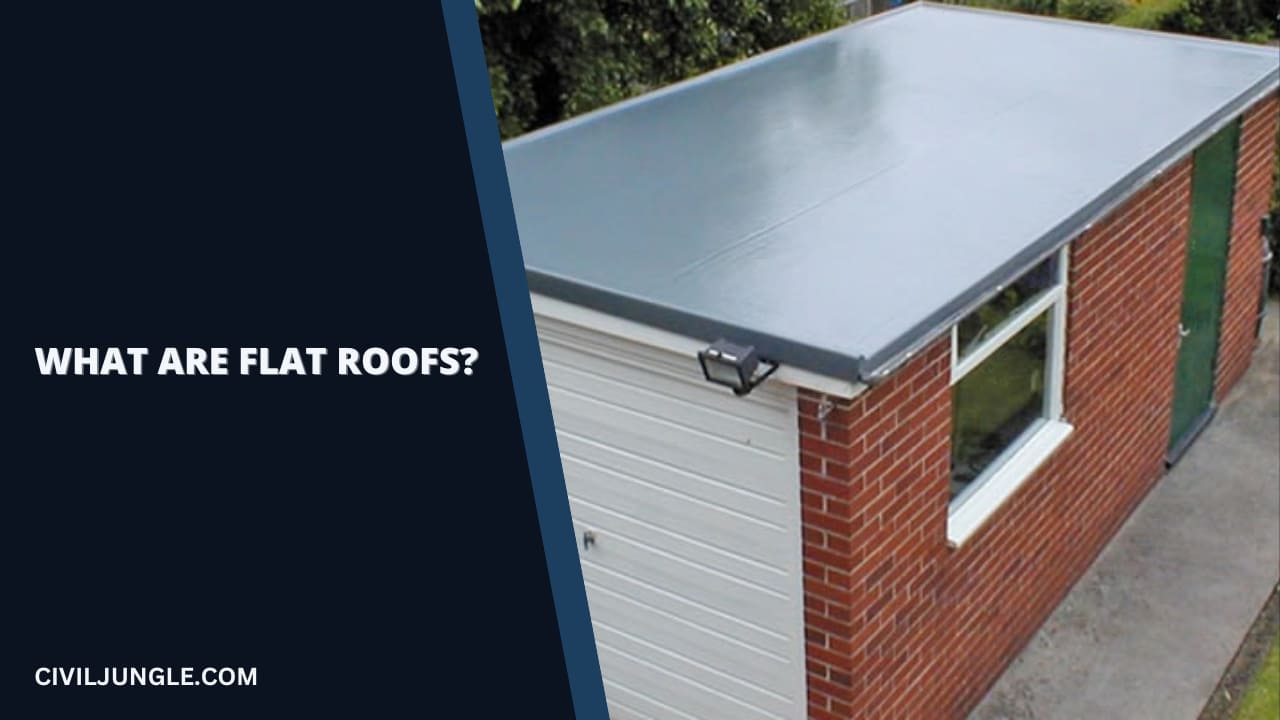
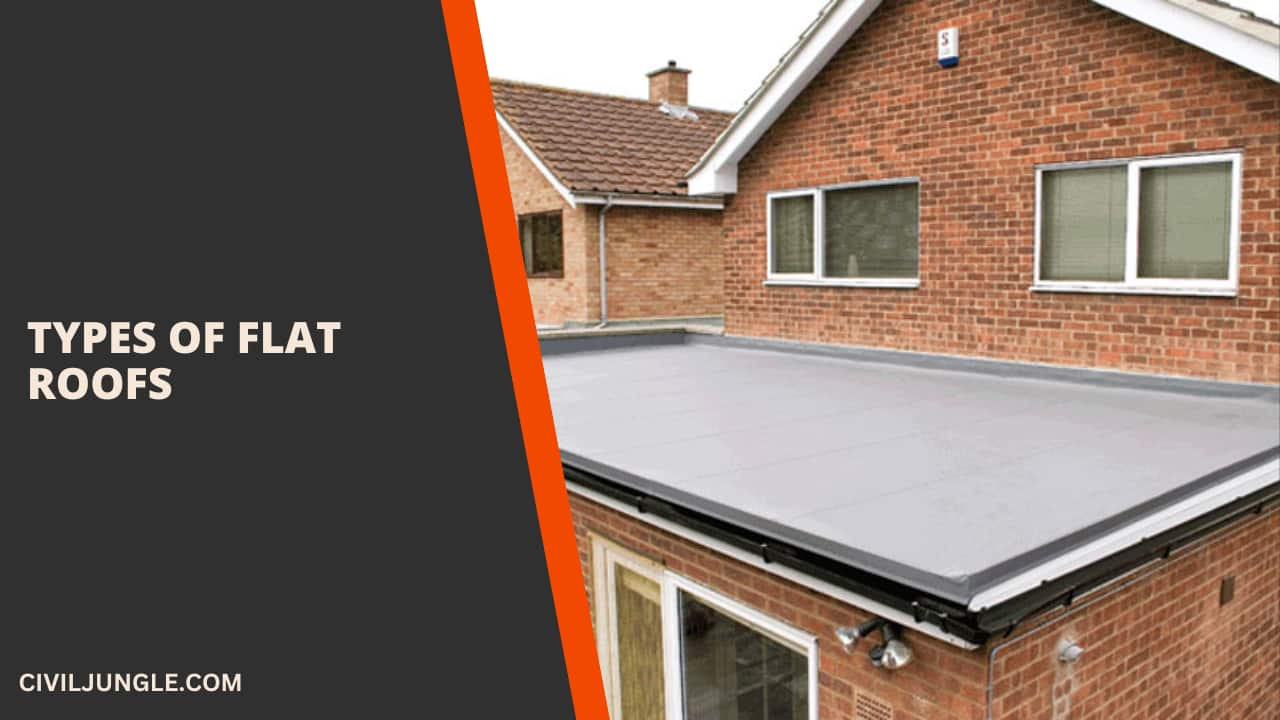
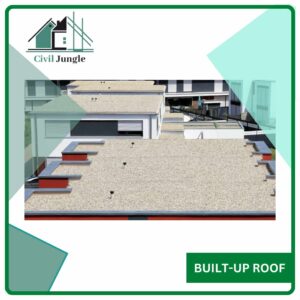
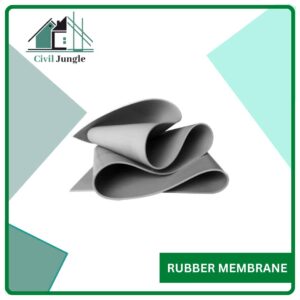
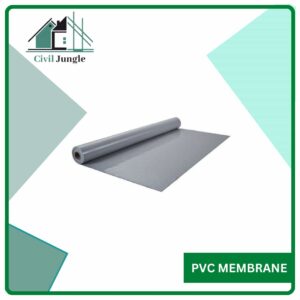
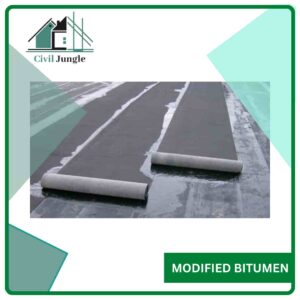
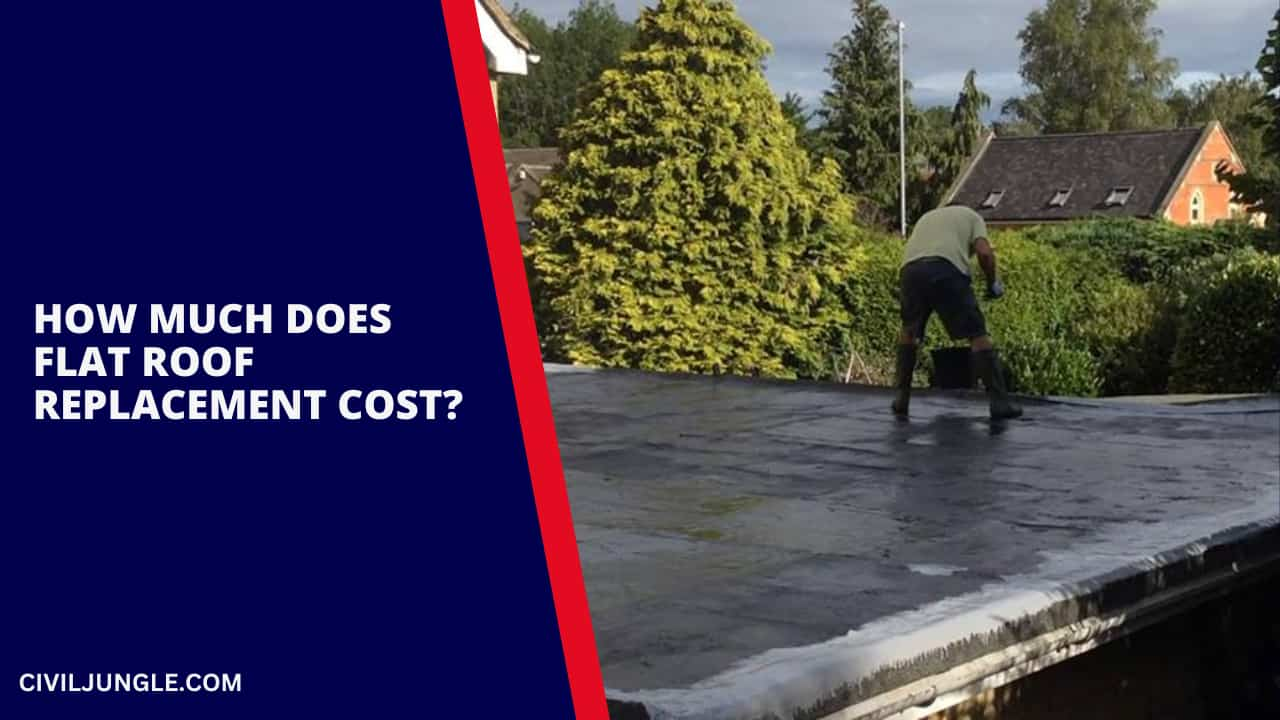
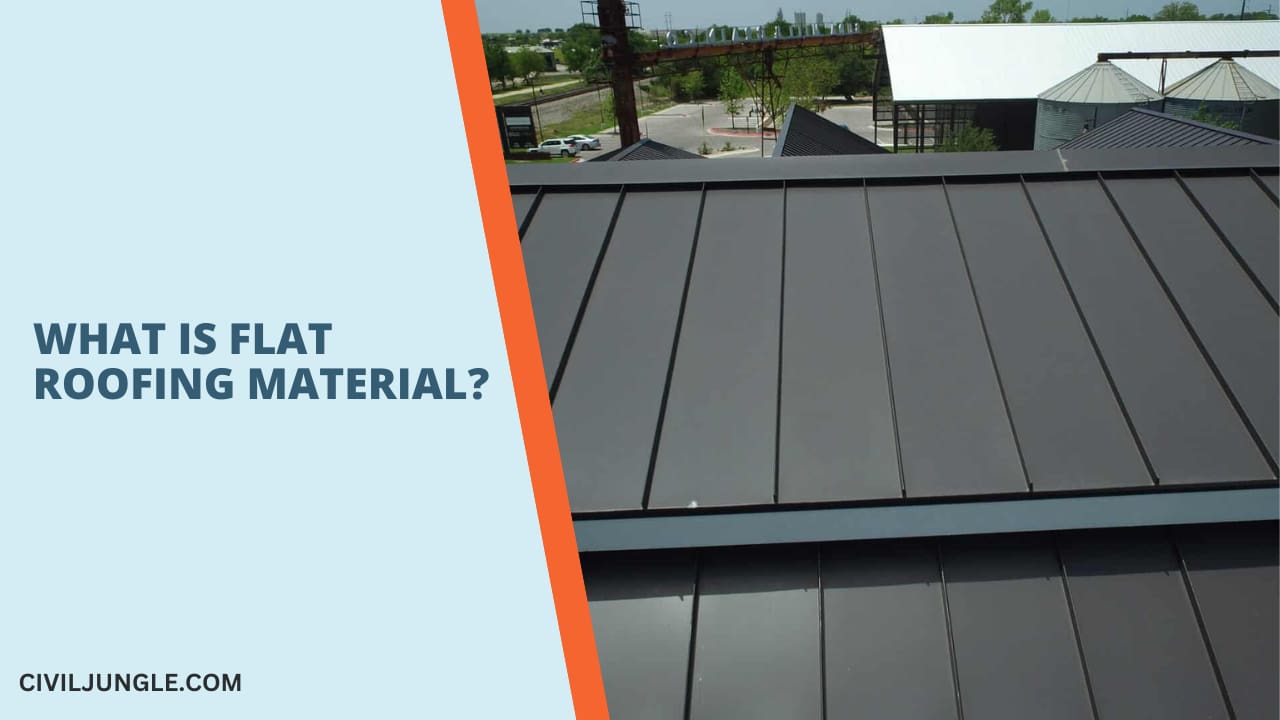
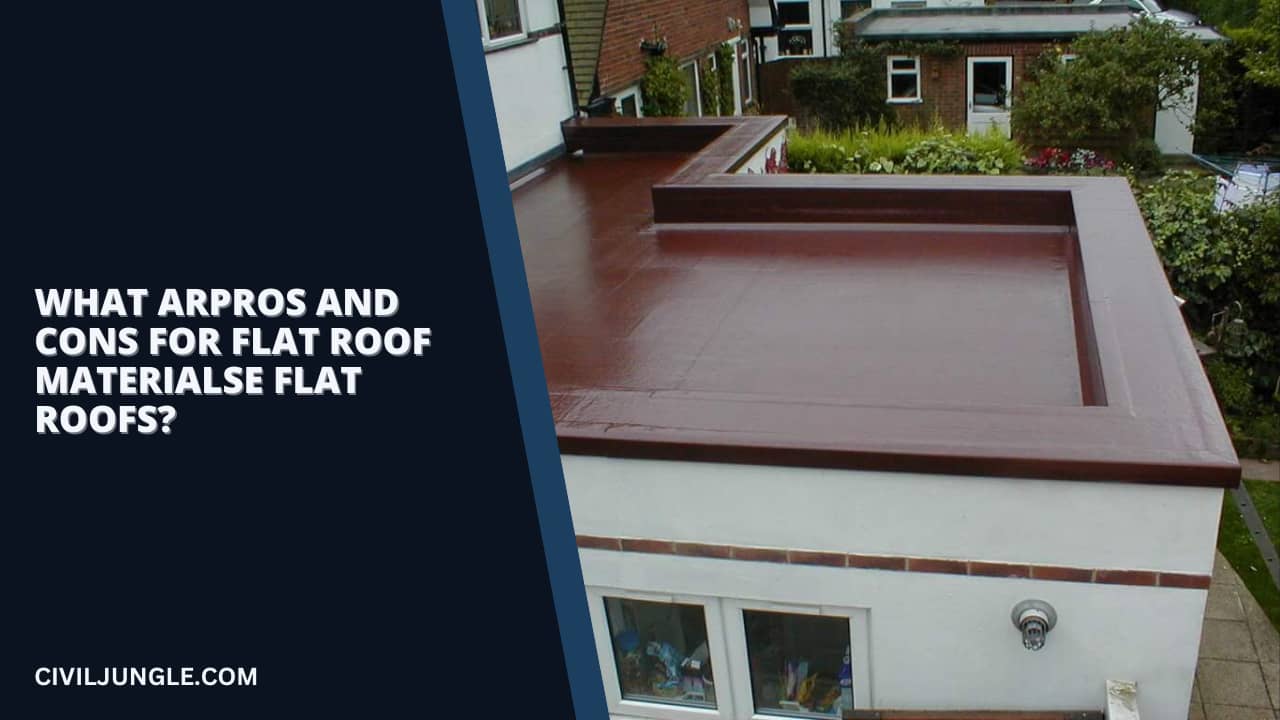
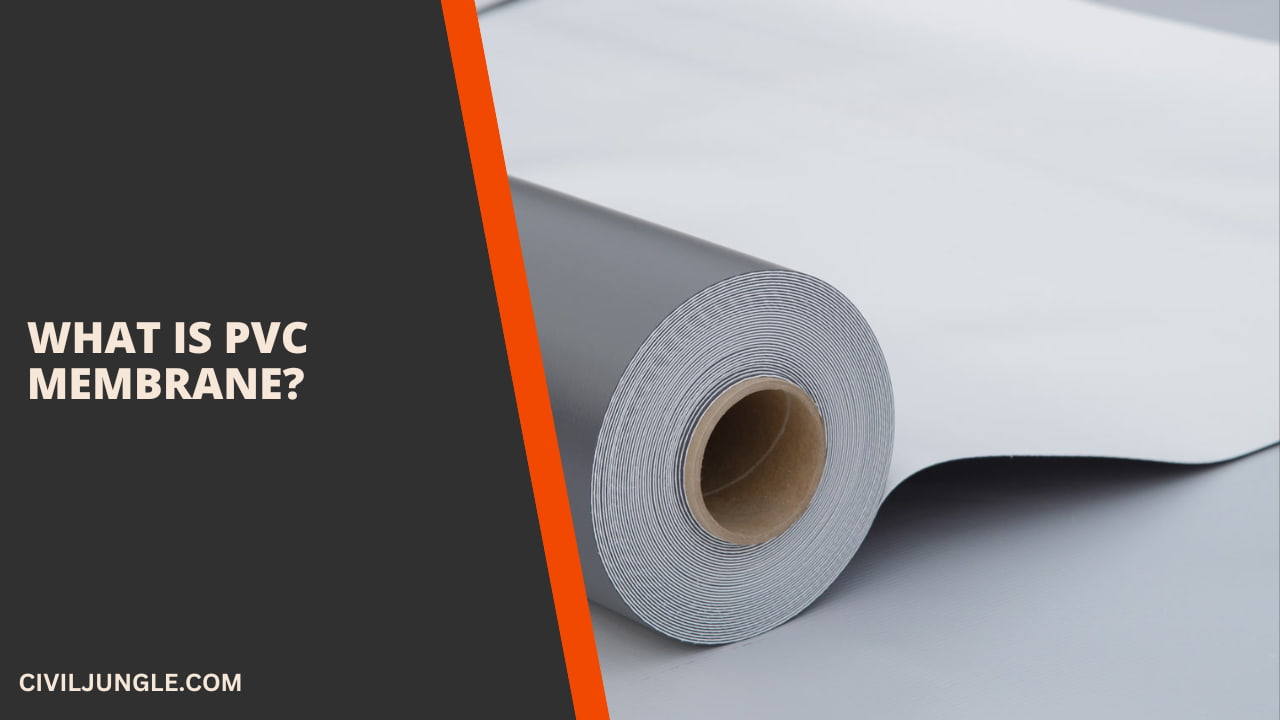
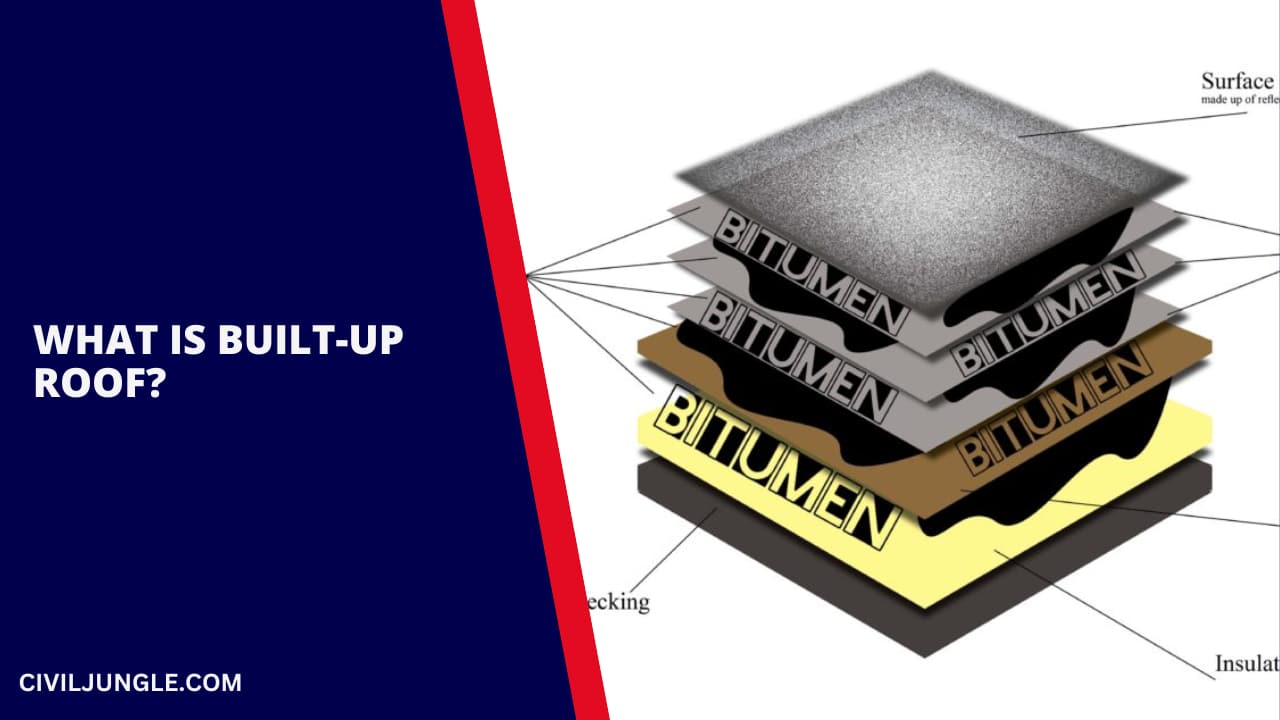
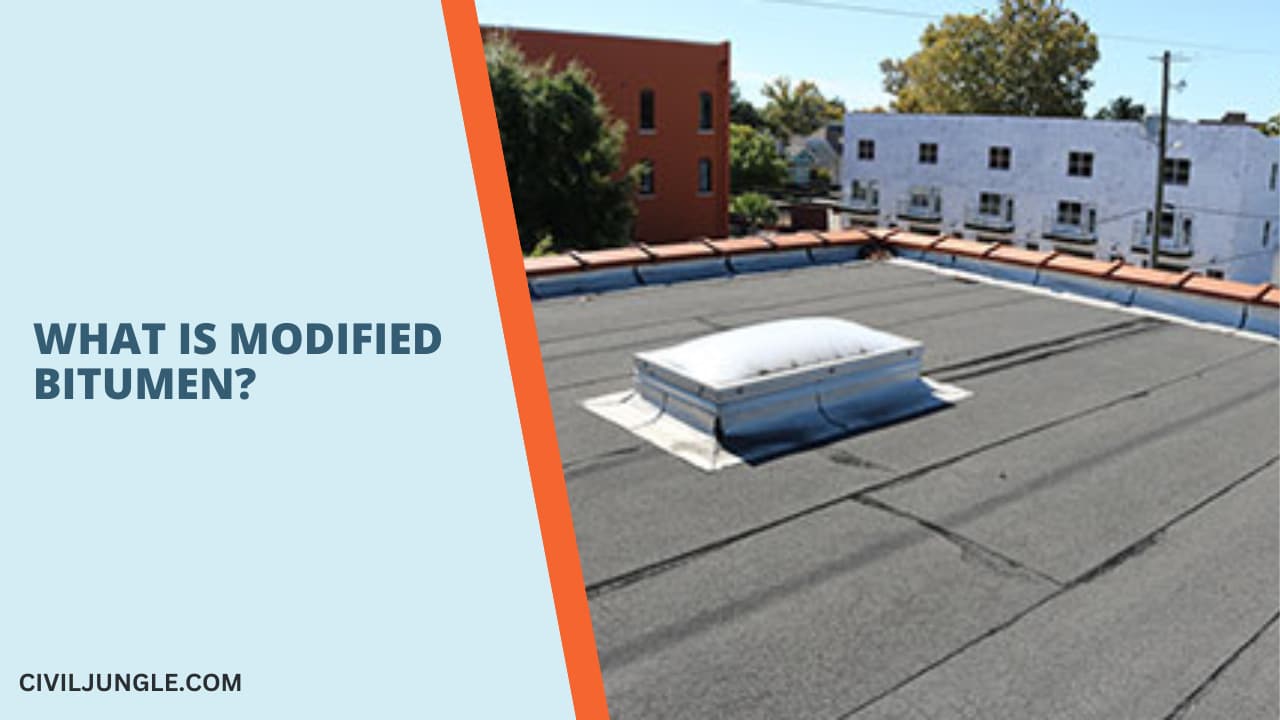
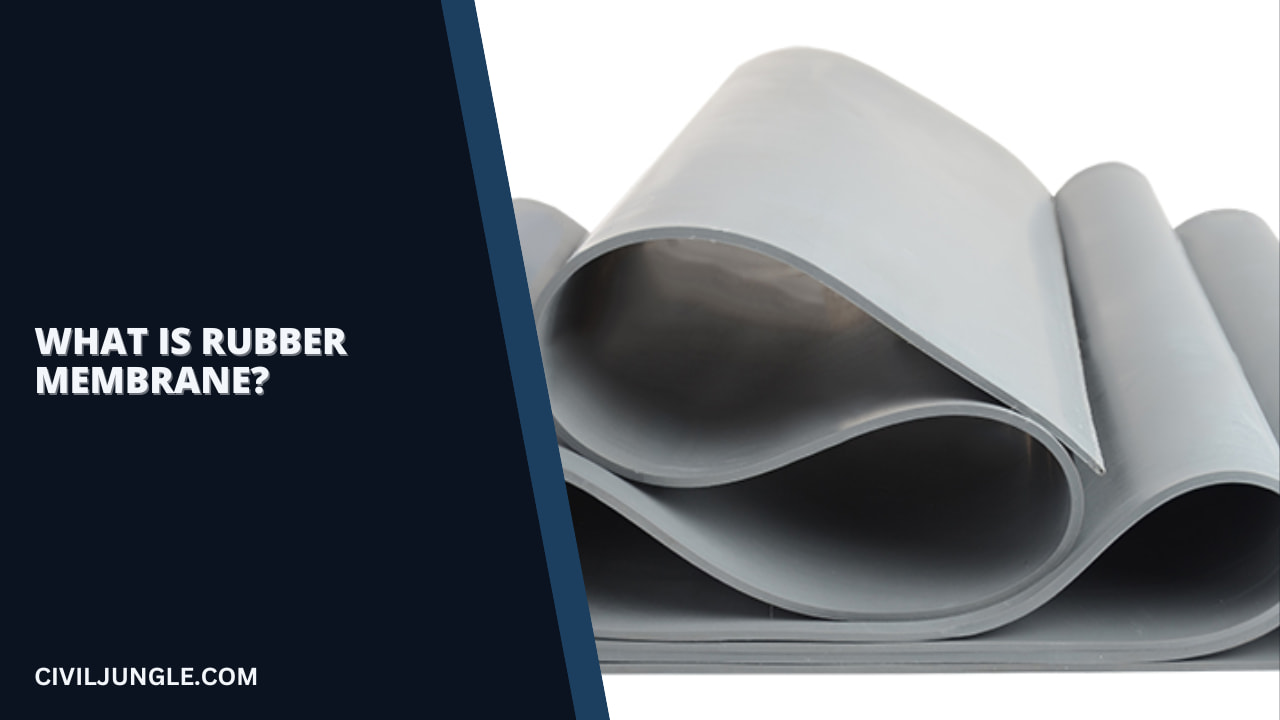
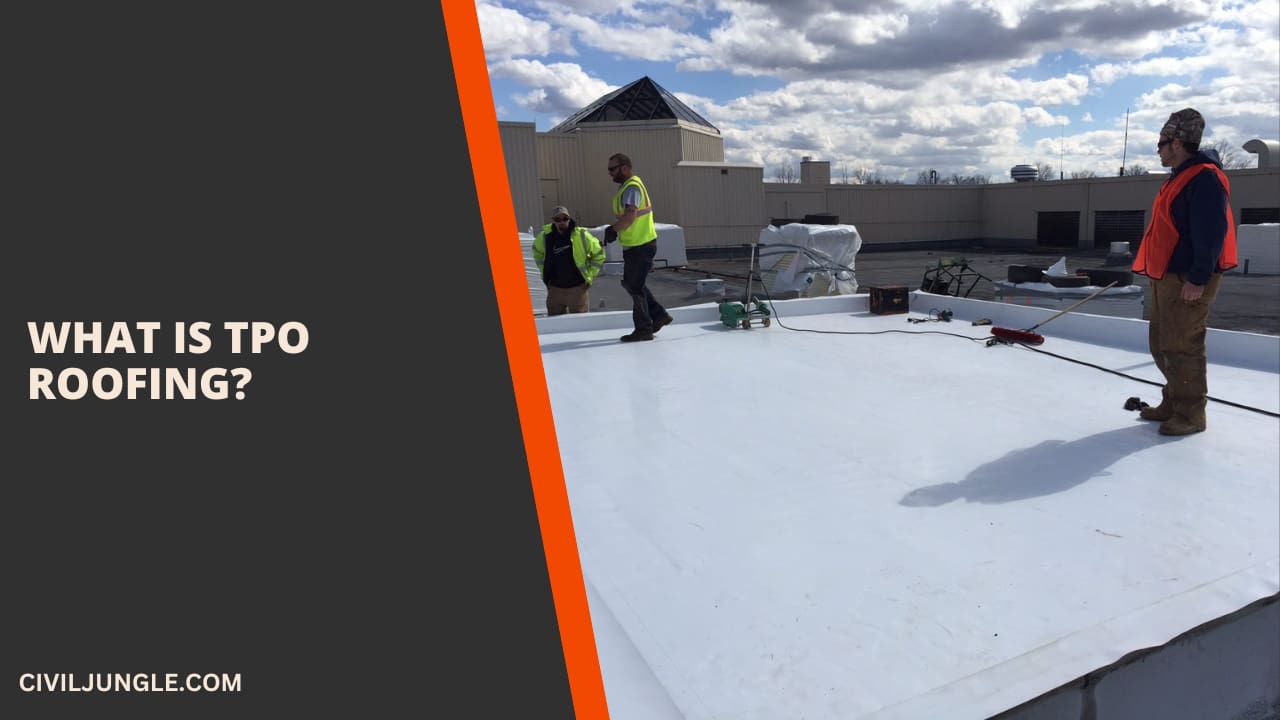

Leave a Reply